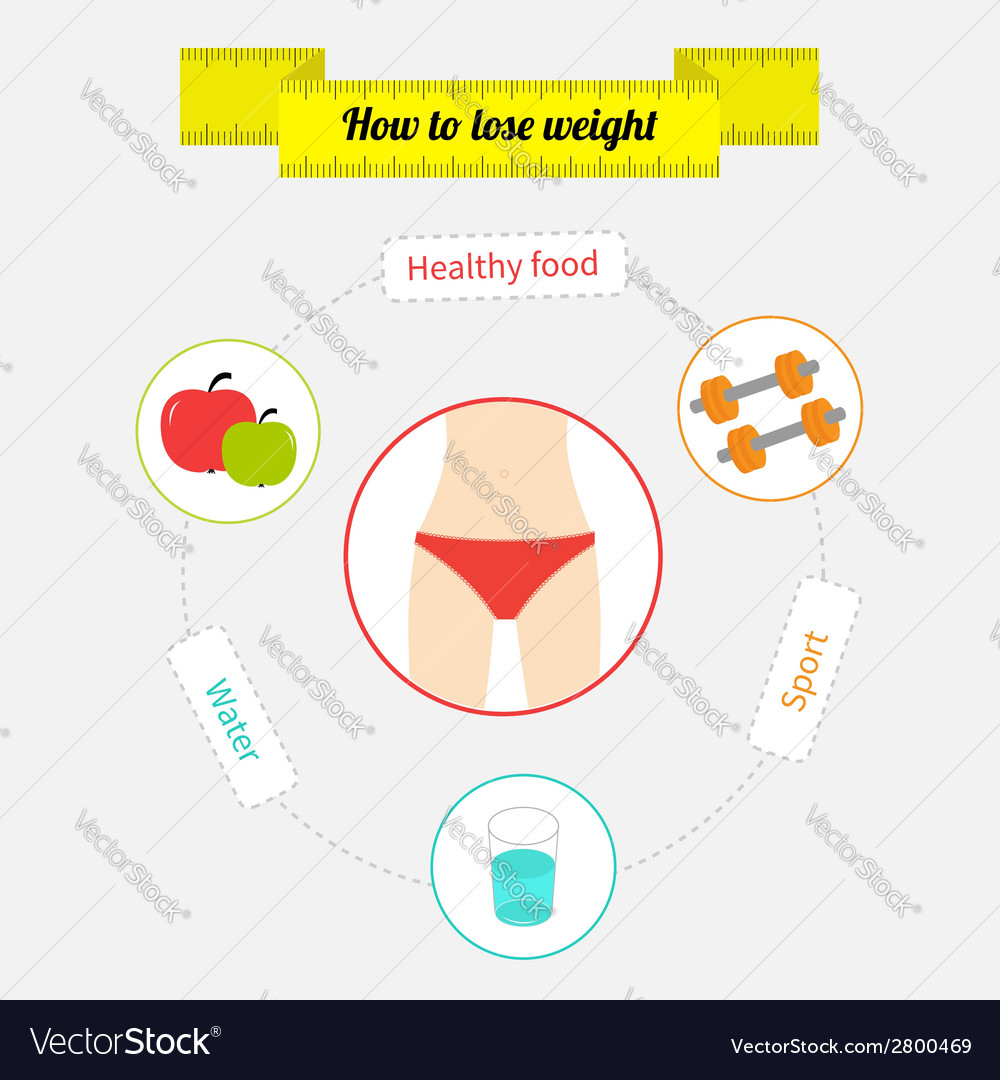Risks Of Cold Laser Therapy
Risks Of Cold Laser Therapy
Blog Article
Scientific Research on the Effectiveness of Cold Laser Method
Cold laser therapy is a beneficial device to help suffering administration and the healing process. It is typically utilized in sports medicine, dermatology and acupuncture.
Cold lasers penetrate deep into tissues and promote chemical modifications without warming them. They minimize inflammation and swelling, speed cellular task and increase recovery.
Theoretical Background
Unlike the high-intensity lasers that surgeons use to puncture cells, chilly laser therapy uses light-emitting diodes to pass through right into your skin and promote healing. As these photons get to broken tissues, they initiate a chain reaction that raises your cells' manufacturing of enzymes and accelerates your body's natural recovery procedures.
The photons likewise reduce discomfort via the production of endorphins and enhance your body's ability to drain pipes inflamed areas by generating vasodilation (the growth of blood vessels). As a result, it aids you recuperate from musculoskeletal injuries and pain quicker.
Lots of people have become aware of cool laser treatment from their physical therapist, chiropractor or physician and might be asking yourself how it works. Unlike many laser tools made use of in the medical area, which really heat up cells, our advanced equipment sends out cool laser beam that do not create any type of heating of your cells. This enables your body to receive the therapeutic advantages without triggering any side effects.
Scientific Trials
Cold laser treatment is commonly suggested as a therapy choice for patients who have musculoskeletal discomfort and injuries. It can be made use of to minimize inflammation, reinforce cells and increase the body's all-natural healing processes.
Non-thermal photons of red and infrared laser radiation are soaked up by the light delicate components in cells and launch a boost in intracellular metabolic process that boosts cell recreation, lowers swelling, removes edema and reduces healing time.
Unlike the light that is produced by sunlight or common lights, laser light is identical (all wavelengths traveling parallel), systematic and single. These properties allow laser energy to penetrate much deeper into the tissues.
Several clinical tests have shown that LLLT can be effective in minimizing pain in the bone and joint system. Nevertheless, more properly designed studies are needed to examine the optimum settings for laser irradiation and to identify its performance in specific conditions, such as dental mucositis in cancer cells clients obtaining radiation treatment or radiotherapy, and wound healing (including diabetic person abscess adhering to hammertoe surgery). This Aetna policy publication does not resolve various other uses of LLLT, including the treatment of different skin diseases.
Verdicts
Unlike surgical lasers that can ruin lumps or coagulate tissue, chilly laser treatment does not warm the body's cells. Instead, the light promotes your cells to create adenosine triphosphate, which quickens the repair work procedure of damaged cells.
Aetna considers low-level laser (LLL) therapy medically needed for the avoidance of dental mucositis associated with cancer treatment (chemotherapy, radiation therapy, hematopoietic stem cell transplant) and non-cancer treatments (such as radiodermal injury, fibromyalgia). A number of research studies revealed that LLT can be efficient in minimizing PU signs and symptoms without adverse effects. However, differences in study designs and laser dosimetry made comparison of the results difficult; RCTs with low threat of bias are required. Making use of a 660 nm wavelength and greater power thickness appears to be much more efficient than the various other researched laser wavelengths. This could be due to the fact that the other wavelengths may boost inflammatory procedures and create even more negative effects. The impact of the kind of laser utilized is also important; the authors recommend that future study concentrate on assessing laser center different types of lasers and their dosages to establish the ideal combination of laser parameters for PU prevention.
Referrals
Cold laser treatment is utilized by dental professionals to treat swollen gum cells, doctors to alleviate pain brought on by rheumatoid arthritis, and physiotherapists to speed the recovery of muscular tissue, tendon, and tendon injuries. Numerous clinical insurance strategies cover this treatment.
Unlike warm lasers, which have a thermal effect on tissues, cool lasers (also called low-level lasers) boost the cellular energy of the skin. Photons from the laser light pass through into the cell, activating a series of chemical modifications that advertises regeneration and minimizes inflammation.
In order to be effective, lasers have to be correctly configuration and made use of. This is why it is not recommended to acquire a low-cost non-prescription laser gadget and attempt to treat on your own at home. A skilled expert is required to make sure that the tool is used properly to decrease the risk of eye injury and maximize its efficiency. The laser tool must be adapted to the right setup, intensity, frequency, and setting of the laser on the therapy location.